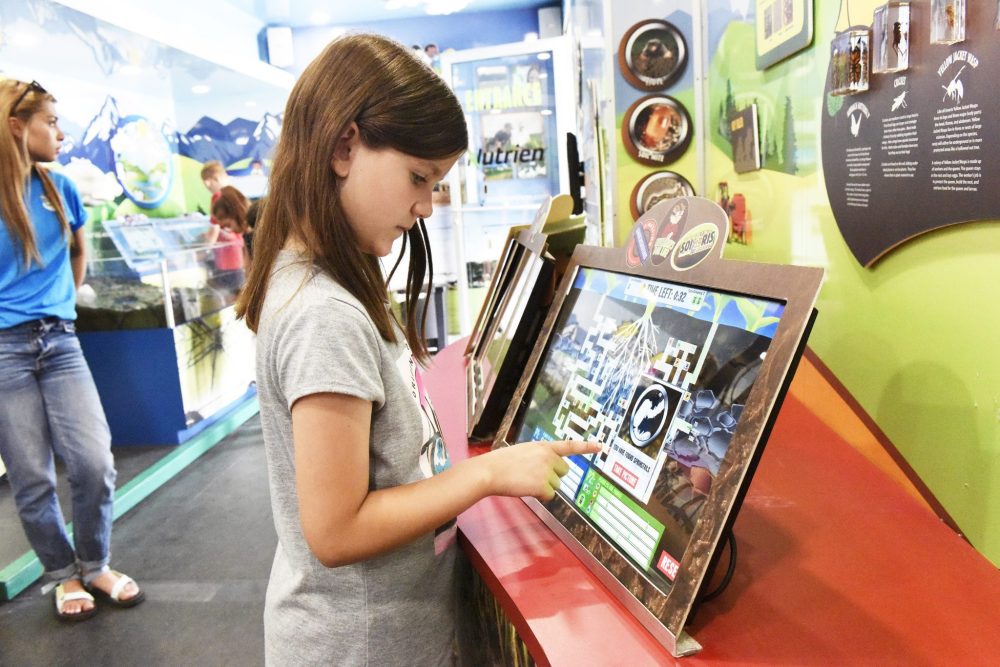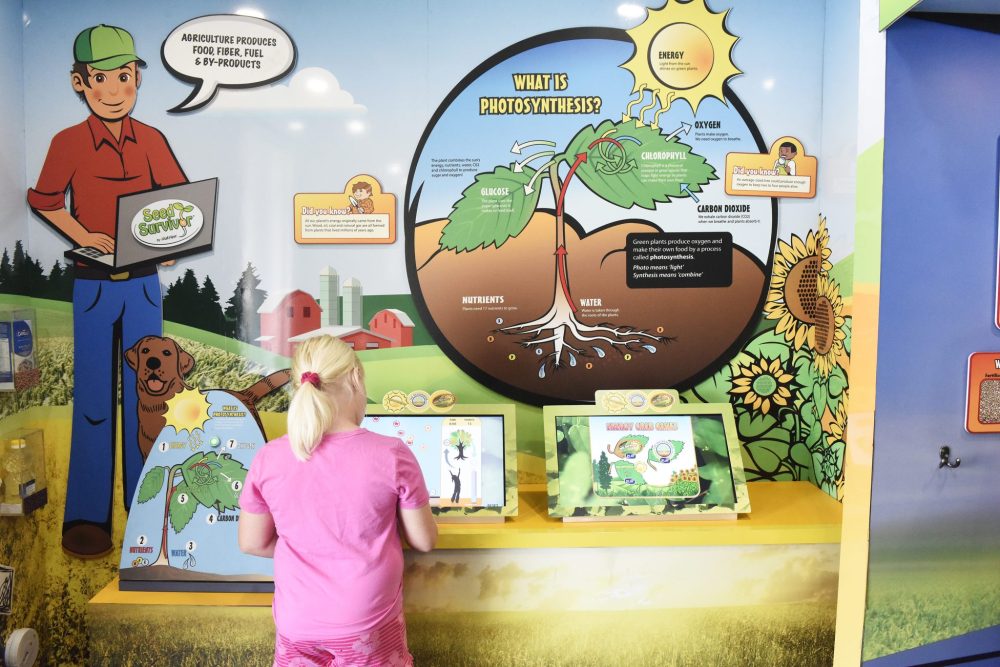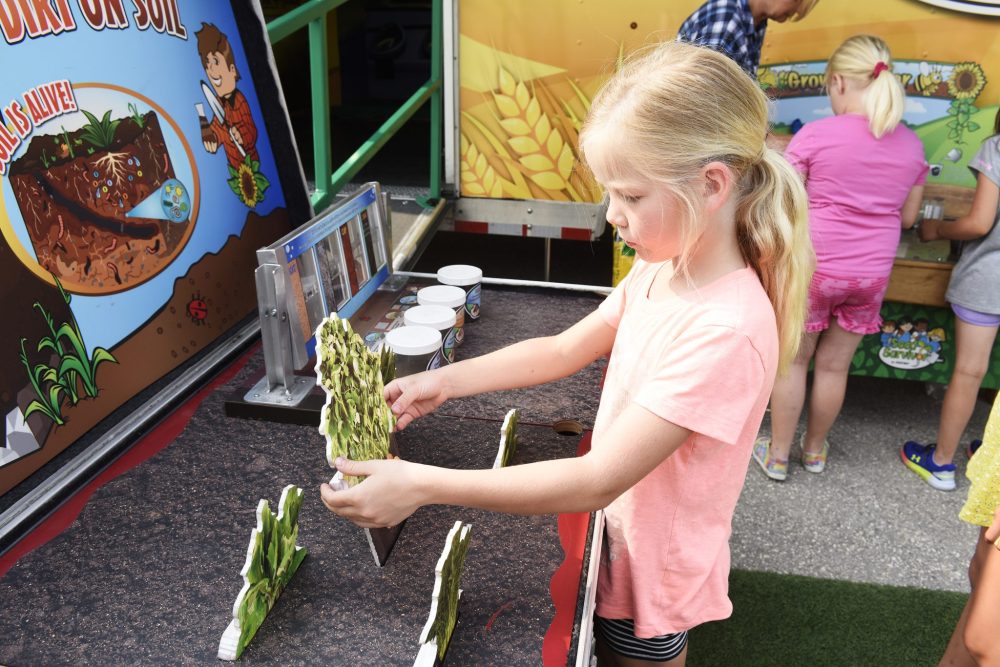AITC’s Seed Survivor brings crops to kids
Advertisement
Hey there, time traveller!
This article was published 16/06/2023 (810 days ago), so information in it may no longer be current.
Many of us take our food for granted. When we want to eat something we buy it from the store, but we don’t consider what goes into growing that food. This is where Agriculture In The Classroom’s Seed Survivor mobile program comes in.
The program teaches students how plants grow, what nutrients are needed, what percentage of the world grows our food, and the different parts of a plant. The program tours the Nutrien interactive trailer around North America and is in Manitoba from April 17 to June 30. The trailer allows kids to explore multi-media and virtual reality games, interactive activities, talking walls and much more.
“The kids absolutely love it. They learn so much, they have so much fun, they have a bunch of computer games they can play…It fits super, super well with the Grade 3 and 4 curriculum as they talk about soil and plants,” said Harleigh Carlson, program assistant summer student for Agriculture In The Classroom.

Last year, Agriculture in the Classroom visited 437 schools, mostly in rural areas, compared to 219 schools in 2020. About 28,580 students registered for programs last year compared to 11,927 in 2020. On June 9, the mobile unit visited Bothwell School where it taught Kindergarteners to Grade 3 students all about plants.
Principal Laura Rekrut said she was impressed with the hands-on quality of the display which included water and planting stations.
“It was just such a good experience,” she said. “It was really worthwhile for them to spend (time with it). It was almost an hour for each class and they weren’t rushed and it was just really good experience for the kids.”
Some of the things kids learned in Seed Survivor was that nitrogen comes from the air and is made through a process of combining air and natural gas to form pellets; that potassium comes from evaporated oceans and is called potash; and finally that phosphorus comes from the fossils of dead sea creatures.
“Most of the stuff I already knew because I live on a farm so it was pretty familiar to me,” said second grader Kian Rempel. “I knew that there’s only eight percent of land that had global crops. I knew most of the world is made of water. I knew that there are many plants that we can’t grow in Manitoba. I could identify most of the crops and it was just familiar to me… (What) I didn’t know is that when the oceans evaporated they left little chunks of salt behind.”

The trailer had games that showed how water falls onto a terrain and waters the ground and the crops and comes back again into the air to rewater the plants. Another game has the kids playing with nitrogen, phosphate and potassium to grow healthy plants. Other games show the different byproducts from livestock and the types of soil found around the world.
“It’s a great program to get any sort of school function. We teach all the way from kindergarten to Grade 6 all about getting the correct information about agriculture out there. There is information that is not necessarily true or little bits of truth, but it’s all about getting the correct information as we get all our presentation material straight from Nutrien, and they have people who dedicate their jobs to finding out the correct information.”
One of the misconceptions people have about agriculture, according to Carlson, is about the fertilizers and different herbicides and insecticides that are used in farming.
“They get that kind of confused and end up thinking that fertilizers are bad and which they’re not. We can’t grow enough food without them,” she said.
Seed Survivor teaches that you can grow 50 percent more food in the same land area if you use fertilizers. Modern use of fertilizers is responsible for 40 percent to 60 percent of the world’s food supply.


